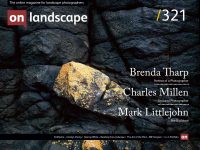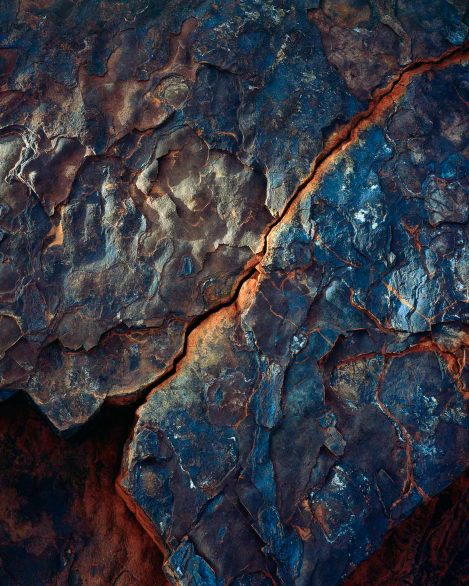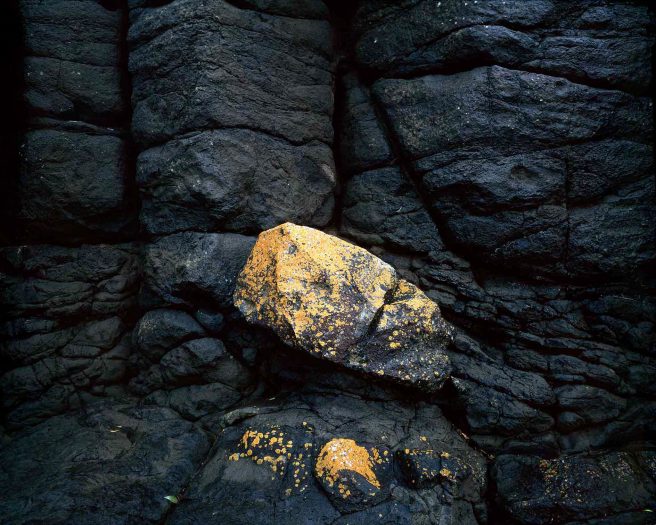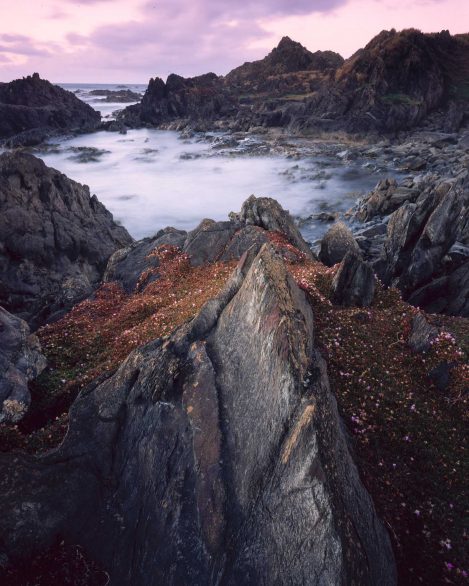Featured Photographer

Charles Millen
I work in the realm of landscape & nature photography, my process is guided by an interest in wild, untouched places. It has been a journey of visual and introspective explorations. Eventually I gravitated towards large format, and my visual style as well as approach changed significantly. It allowed me to mature visually and really pay attention to what it was I was photographing and why. Introspection became key to my work and in some ways, I have gone full circle, back to the root of what was driving my creativity…
I am a based in Tasmania, Australia.

Charlotte Parkin
Head of Marketing & Sub Editor for On Landscape. Dabble in digital photography, open water swimmer, cooking buff & yogi.
Large format photographer David Tatnall contacted us and suggested we interview Charles and upon seeing his work we wholeheartedly agreed! David is the editor of View Camera Australia, a site dedicated to the promotion of large format photography and Charles wrote an article for them back in 2020. Charles's work in the mining industry in Australia gave him access to the wilderness as the mining roads cut through many parts of the landscape. We got in touch to find out more about his work in Australia and Tasmania.
Could you tell us a bit about your love for landscape photography, what your early passions were, what you studied, and the career path you ultimately pursued?
My passion for the landscape and photographing it began when I left my home state of Tasmania and moved to Western Australia in 2004. I had completed university, and a friend and I decided to have a complete lifestyle change. We drove across the country to a mining town called Kalgoorlie to look for work. At that point, I was only familiar with photography at a very basic level. I wanted a camera with manual controls because I thought it might be interesting to learn how cameras worked. That proved to be a great idea because I quickly came to enjoy photographing our trip and our subsequent explorations while living and working in a remote mining town in the Goldfields.
You completed a Fine Arts degree at the University of Tasmania, focusing mainly on the digital process of image-making, sound, and video. Did this inspire your passion for photography, and why did you choose to pursue landscape photography?
University provided the foundation for my eventual move into landscape photography, though at the time, I hadn’t found the medium for my personal work. During my final years of high school, I used an Apple QuickTake camera, which I found revolutionary. It allowed me to capture digital images and upload them directly into a computer to create composites. I always thought film photography seemed cumbersome compared to the immediacy of digital. Ironically, over the years, I’ve gravitated toward film photography, which now dominates my process.
At university, I was drawn to the video studio in the basement of the Art Building. The studio was a dimly lit space filled with patch panels, studio cameras, and audio equipment, overseen by a video and sound artist befitting a space like that, with his shock of grey hair and temperament that mirrored the environment. I also enrolled in digital imaging, drawing and graphic design classes. In hindsight, I should have enrolled in photography classes too.
By the time I graduated, I didn’t have a clear career path. I imagined working in a technical role in television but ended up taking the opportunity to travel across the country. That decision led me in time to landscape photography, and the associated pursuits that tie in with it.
Who or what has been the biggest source of inspiration in your growth as a photographer—whether photographers, artists, or individuals?
My biggest inspirations have been Peter Dombrovskis, Bruce Barnbaum, Paul Wakefield, Chris Bell, Christopher Burkett, Ansel Adams, David Tatnall, Peter Clark, Ragnar Axelsson, and Magnum and National Geographic photographers for inspiring both landscape and personal family-based documentary work. I also credit my family as a great source of inspiration.
I find it deeply rewarding to document family life, and it provides a great contrast to the landscape. Without the support and understanding of my wife, Caroline, I would not be venturing solo into the wilderness nearly as frequently as I do! On occasion, Caroline joins me, and I try not to bore her too much by wandering around in circles and looking for a composition! Much credit also needs to go to David Tatnall and the Australian large format photography community, particularly those that exhibit on View Camera Australia’s online exhibitions. It is an honour to show my work on the same web pages of some incredibly talented artists.
Can you share any books that inspired or deepened your passion for photography?
I highly recommend these books to any aspiring or seasoned photographer:
- The Landscape by Paul Wakefield
- The Negative by Ansel Adams
- Using the View Camera by Steve Simmons
- The Art of Photography by Bruce Barnbaum
- Peter Dombrovskis: A Photographic Collection
- Primal Places by Chris Bell
- Gold by Sebastião Salgado
- Last Days of the Arctic by Ragnar Axelsson
- Intimations of Paradise by Christopher Burkett
- The Pilbara by Hugh Brown
- Magnum (a collection of works from the renowned photo agency)
Your photography journey began with images captured in the Pilbara region of Western Australia. How did the unique landscape of the Pilbara influence your photographic style and the way you express yourself creatively?
The Pilbara’s vast, ancient landscape had a profound impact on my photographic style and inspiration. The region’s iron ore laden oxidising rock, dramatic light, big open skies, wet season storms, fires, floods, spinifex plains and ancient gorges taught me to appreciate light and contrast, texture and form. It is a place that also taught me to also look inwards, not just outwards. Working in such a remote and strikingly beautiful area heightened my sensitivity to the interplay of light and shadow and, at the same time, the seasons within, concepts that remain central to my work today. I think I can credit the Pilbara and the impact it has had on how I now see my work as a series of self-portraits, the camera capturing what is behind the lens as well as what is in front.




